
บริษัท Kelun Pharmaceutical จากจีน เข้าพบผู้บริหาร Eastern Herb ร่วมจับมือพัฒนาอุตสาหกรรมผลิตภัณฑ์สุขภาพและเวชภัณฑ์ไทย–จีน
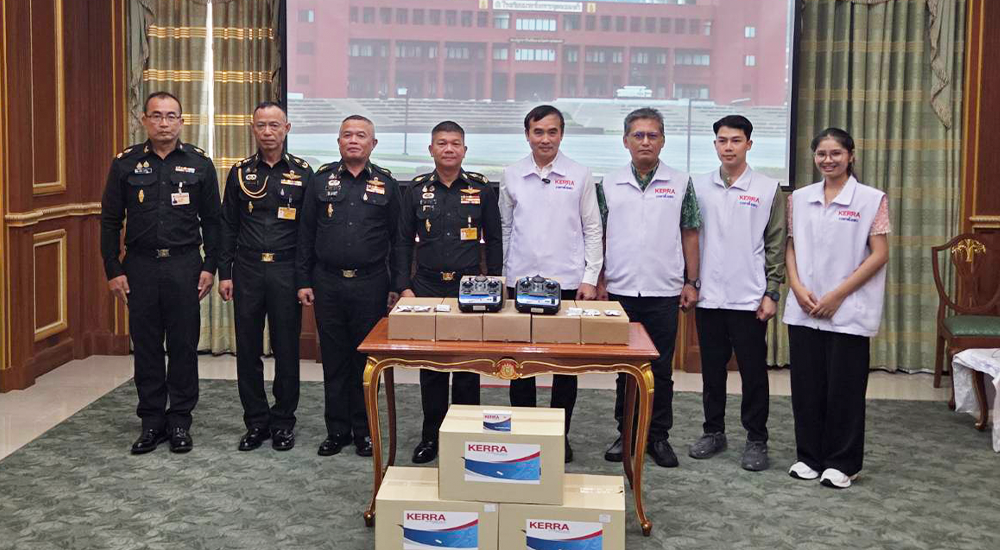
✨KERRA มอบอุปกรณ์การฝึกบินอากาศยานไร้คนขับ รร.จปร.✨
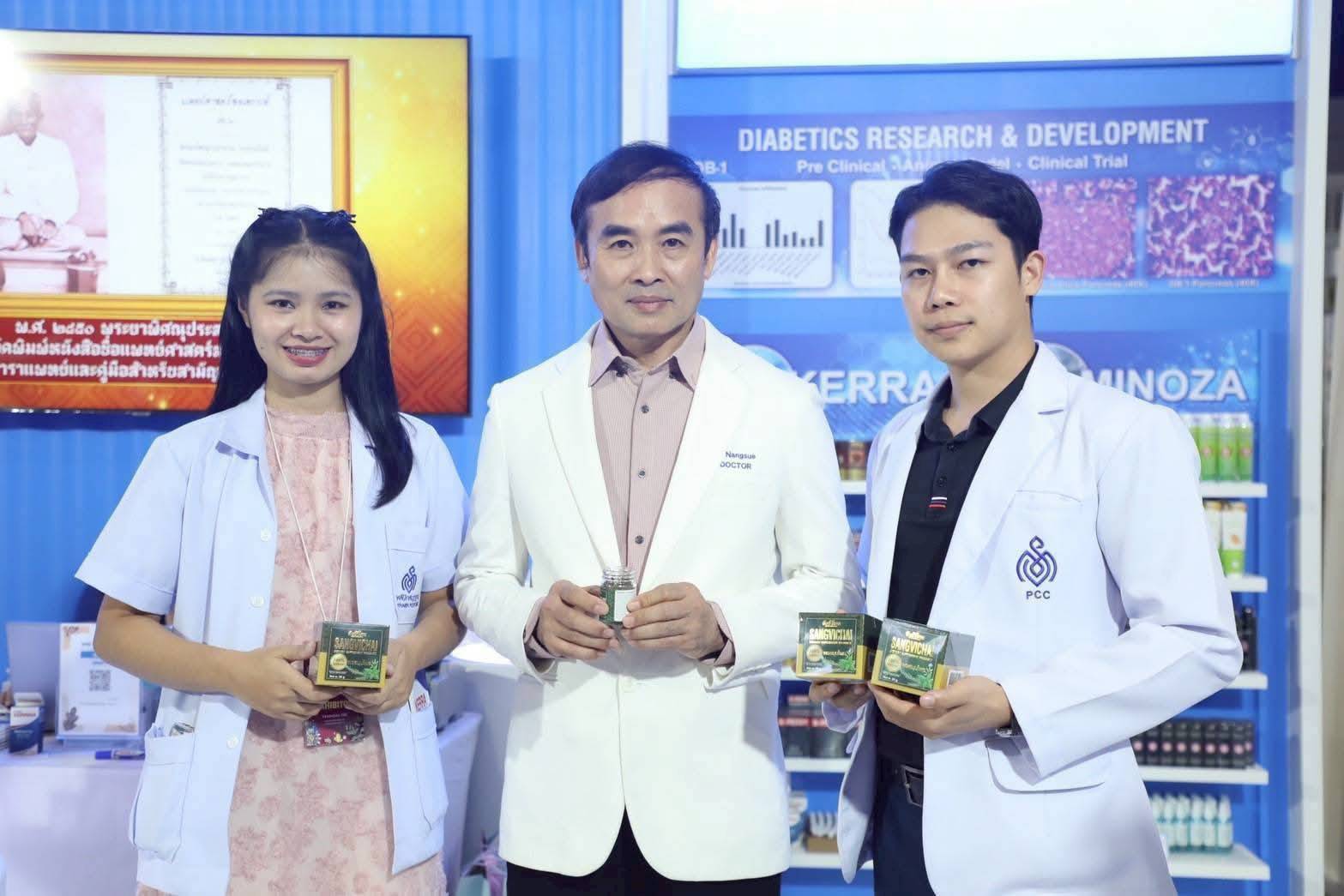
จัดใหญ่งานมหกรรมสมุนไพรแห่งชาติ ครั้งที่ 22
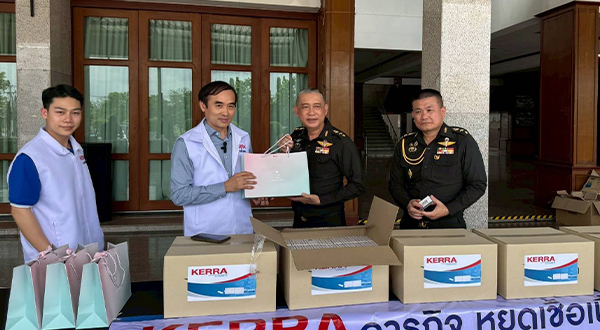
ดร.ภัทร์ หนังสือ มอบยาเคอร่า 500 กล่อง สนับสนุนกองทัพภาคที่ 2 ดูแลกำลังพลชายแดนไทย-กัมพูชา
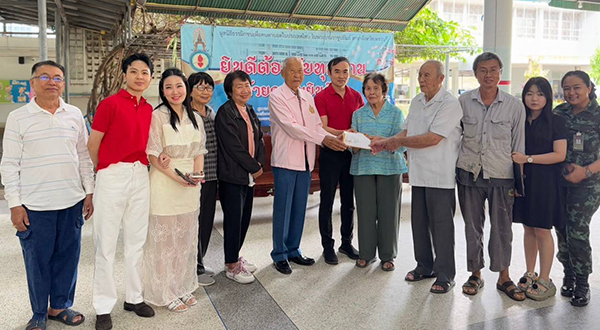
ดร.ภัทร์ พญ.รดา หนังสือ พร้อมครอบครัวคุณพ่ออุดม คุณแม่มาลี หนังสือ ร่วมเลี้ยงอาหารกลางวันเด็กนักเรียนผู้พิการทางสายตา
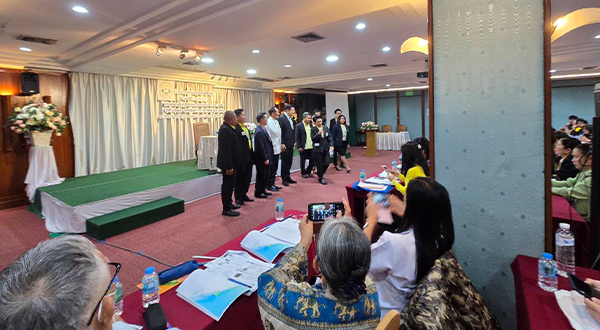
ดร.ภัทร์ หนังสือ ได้เข้ารับการอบรมในโครงการฝึกอบรมการถ่ายทอดความรู้ในวิชาชีพการแพทย์แผนไทย
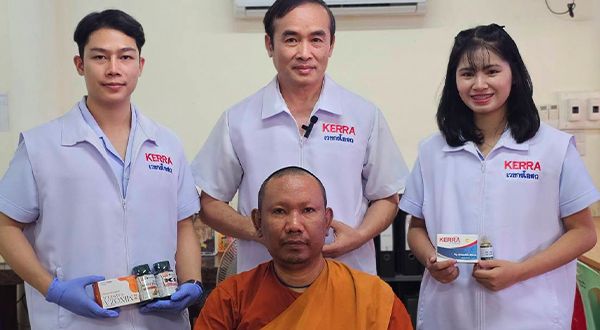
ดร.ภัทร์ หนังสือ พร้อมทีมแพทย์แผนไทย ลงพื้นที่วัดไพร่ฟ้า อำเภอเมือง จังหวัดปทุมธานี
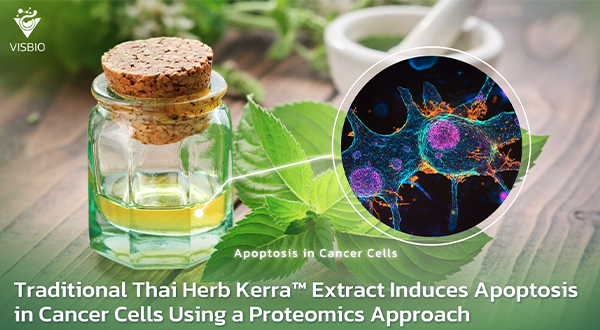
Kerra™ สารสกัดสมุนไพรไทย ช่วยกระตุ้นกระบวนการ Apoptosis ในเซลล์มะเร็ง ด้วยการประยุกต์ Proteomics
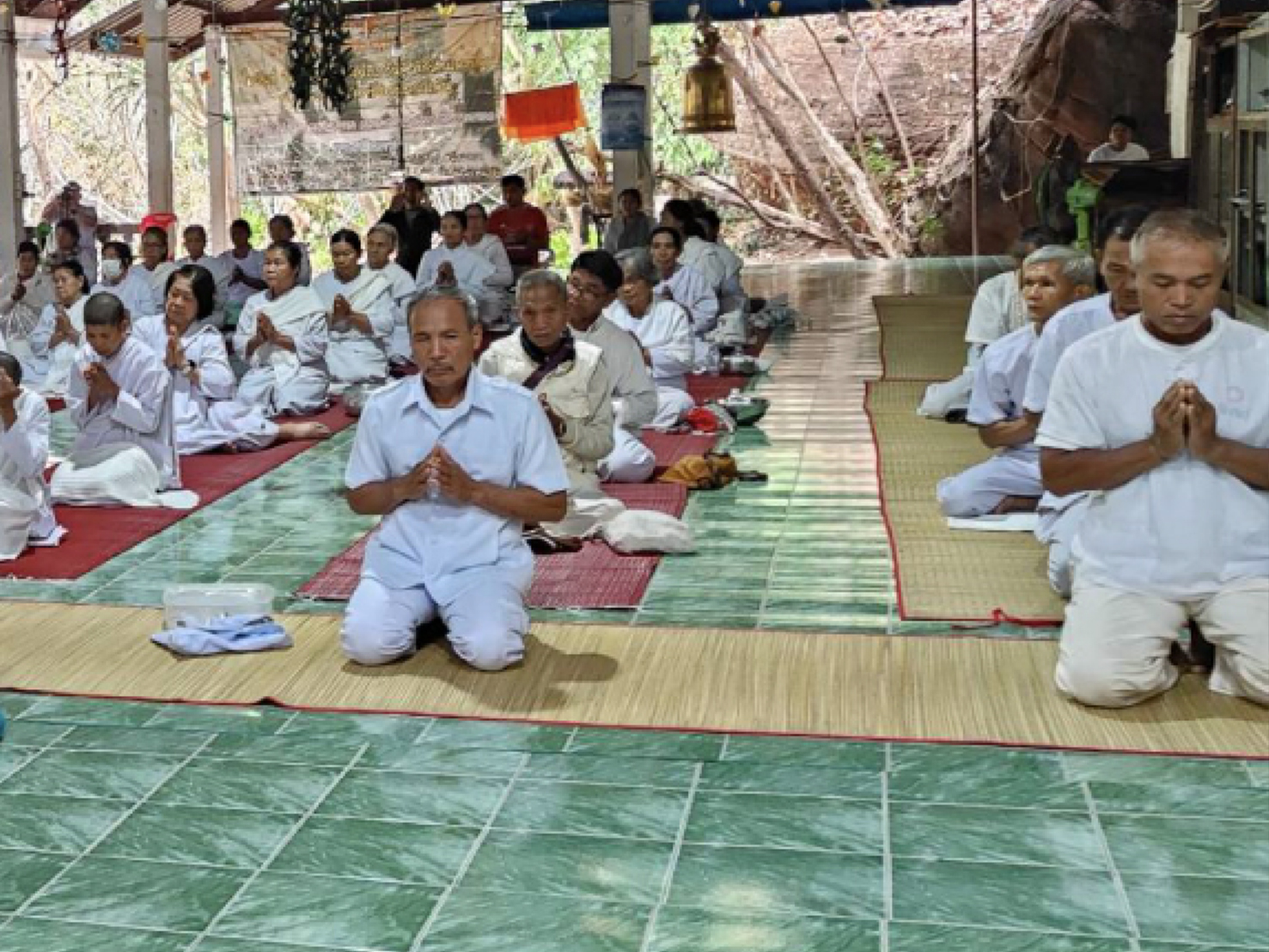
ดร.ภัทร์ ถวายยาเคอร่าแด่พระภิกษุสงฆ์ในงานปริวาสกรรมวัดถ้ำโขง
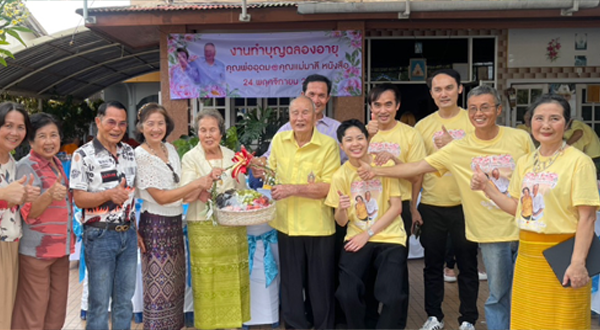
คุณพ่ออุดม คุณแม่มาลี หนังสือ พร้อมครอบครัว และดร.ภัทร์ หนังสือ ได้ร่วมจัดพิธีสงฆ์ถวายภัตตาหาร
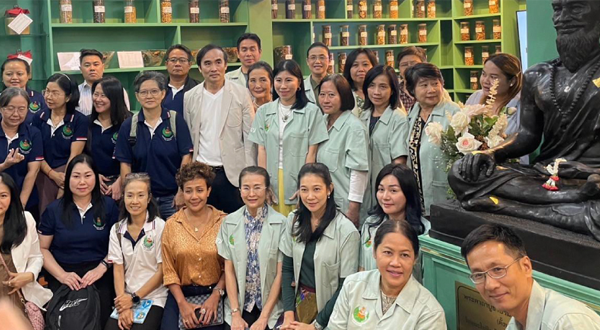
MEDICINE 4.0 กับการแพทย์แผนไทยและความก้าวหน้างานวิจัยตำรับยาสมุนไพรไทย
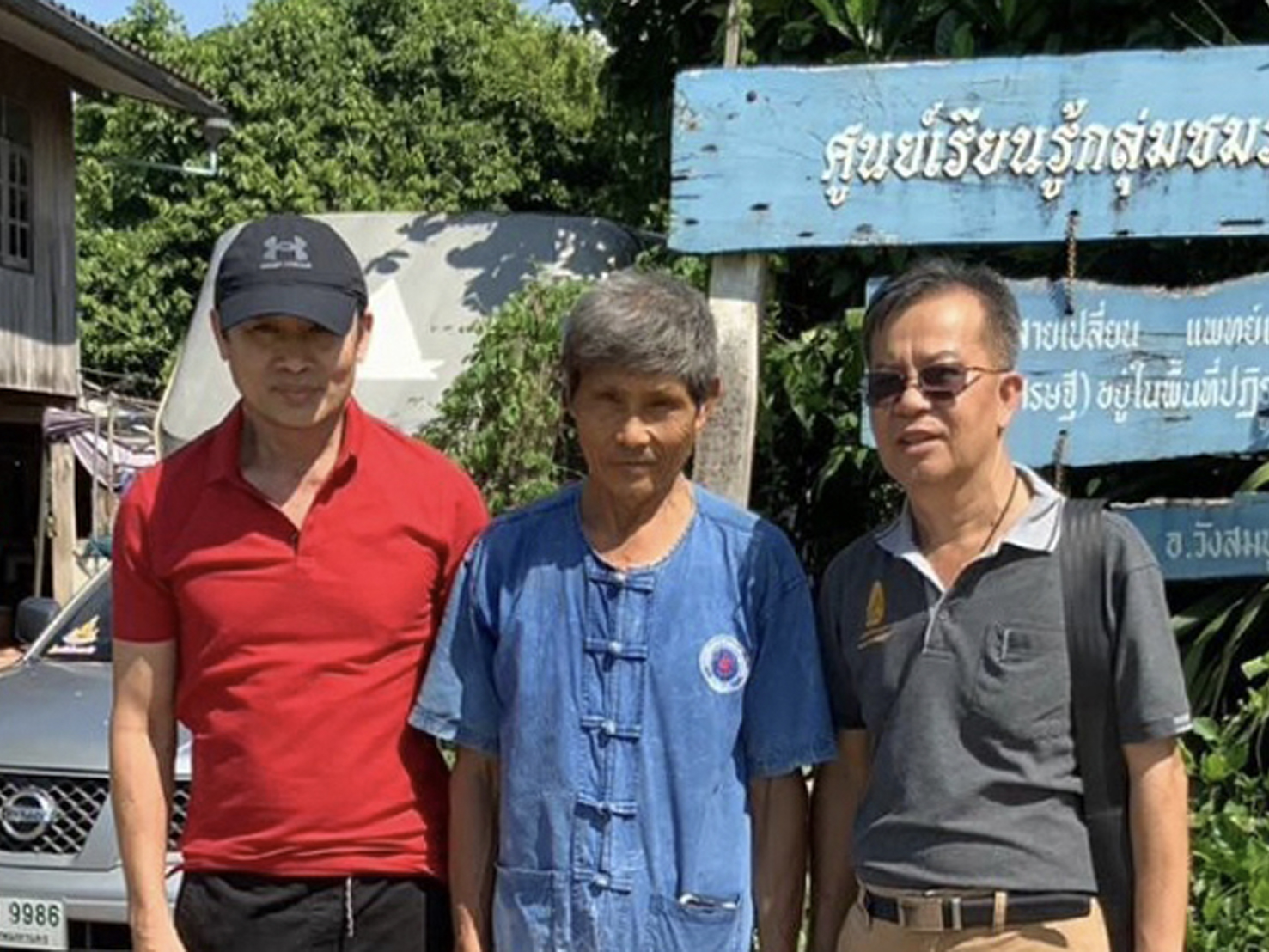
ดร.ภัทร์ หนังสือ พร้อมทีมแพทย์แผนไทย เดินทางไปจังหวัดสระแก้ว เพื่อแลกเปลี่ยนความรู้และเก็บเกี่ยวภูมิปัญญาจากหมอพื้นบ้าน
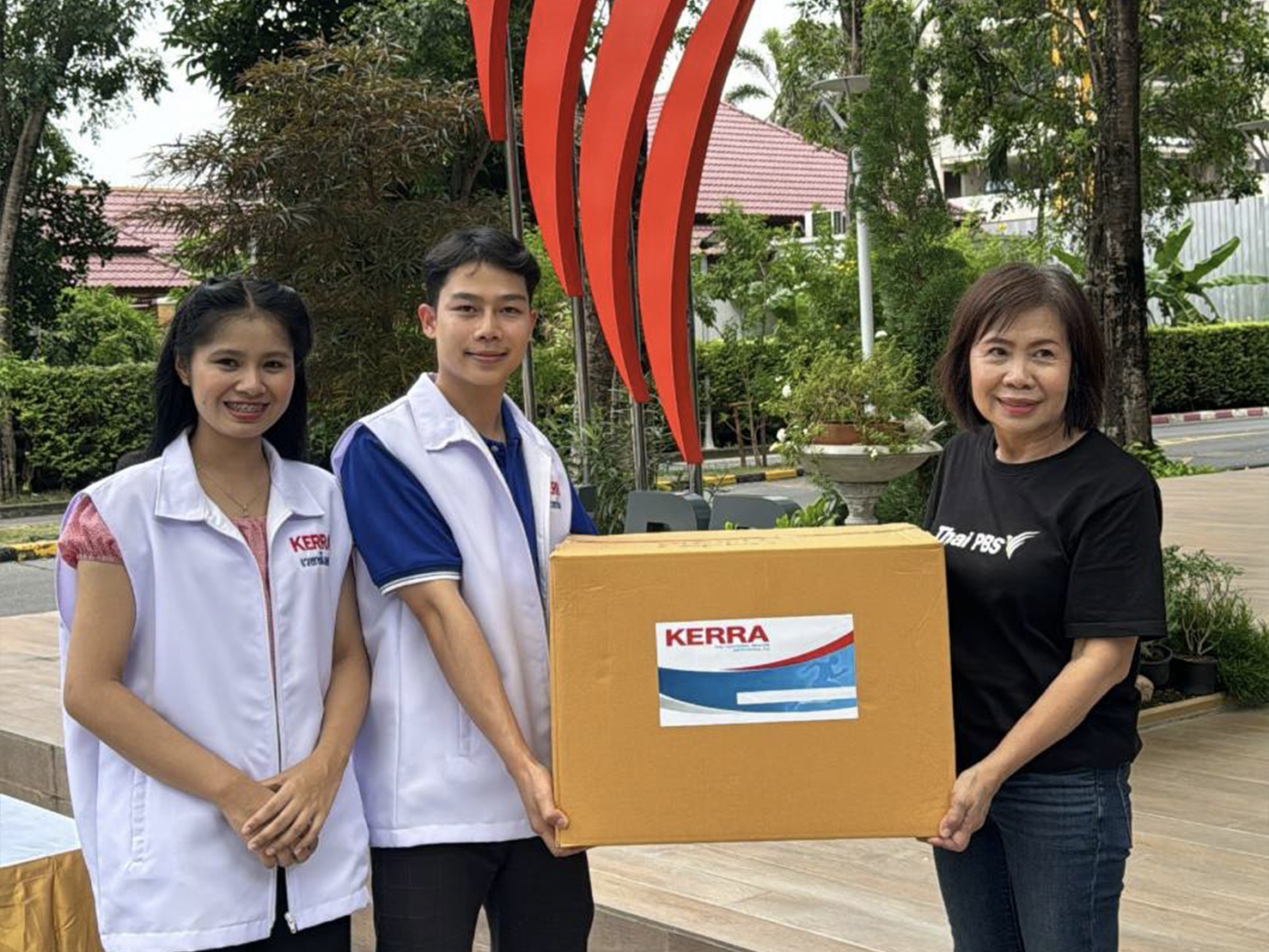
KERRA ร่วมส่งกำลังใจให้ชาวภาคเหนือที่ประสบอุทกภัย
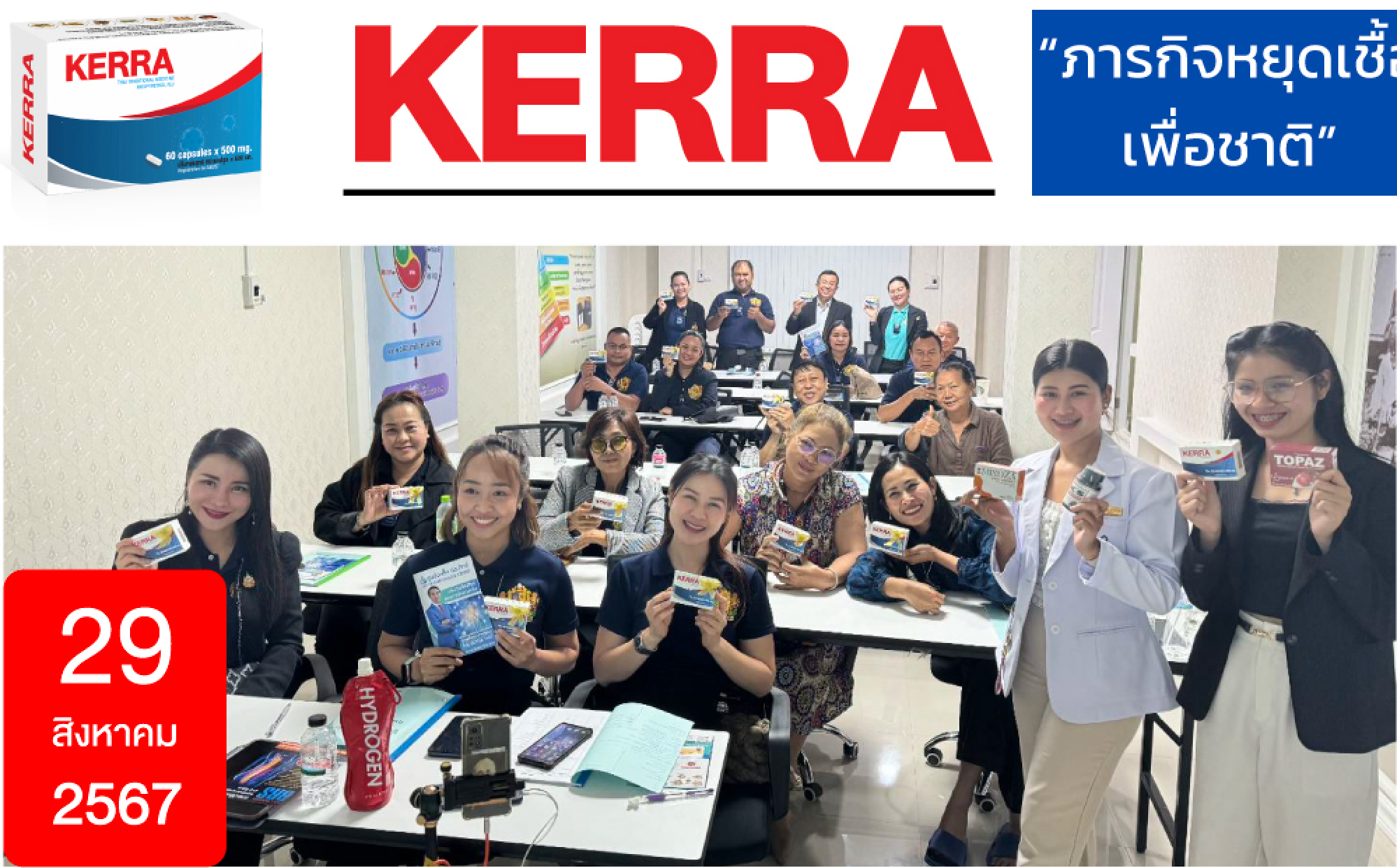
ประชุมสัมนาเรื่องความรู้ทางเภสัชวิทยาของสมุนไพรเปรียบเทียบกับยาเคมีแผนปัจจุบัน และการใช้เภสัชสมุนไพรเพื่อ ป้องกันรักษาโรคเรื้อรัง
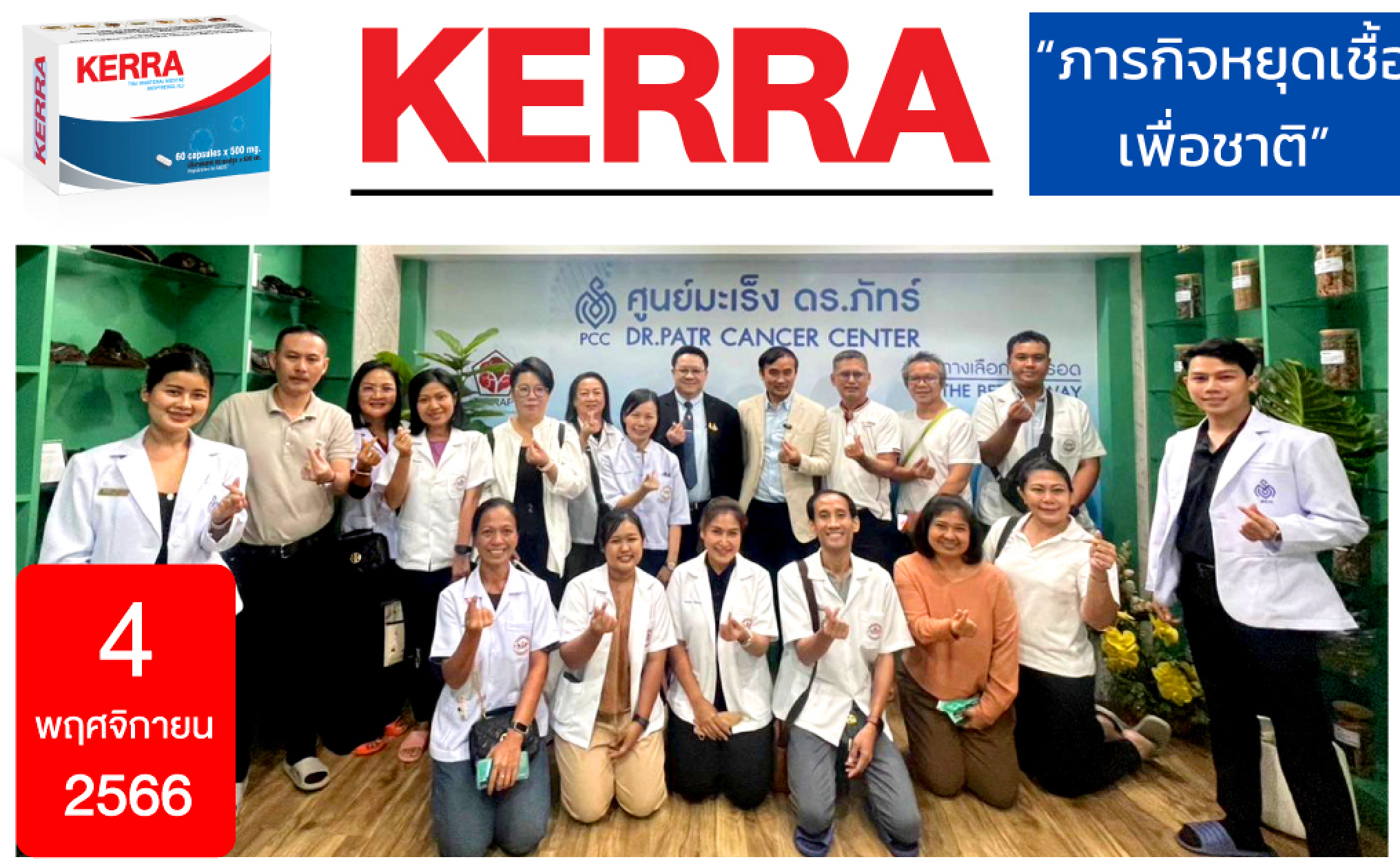
ให้การต้อนรับ คณะนักศึกษาปีที่ 1 และคณาจารย์ จากโรงเรียนภัทรเวชสยาม
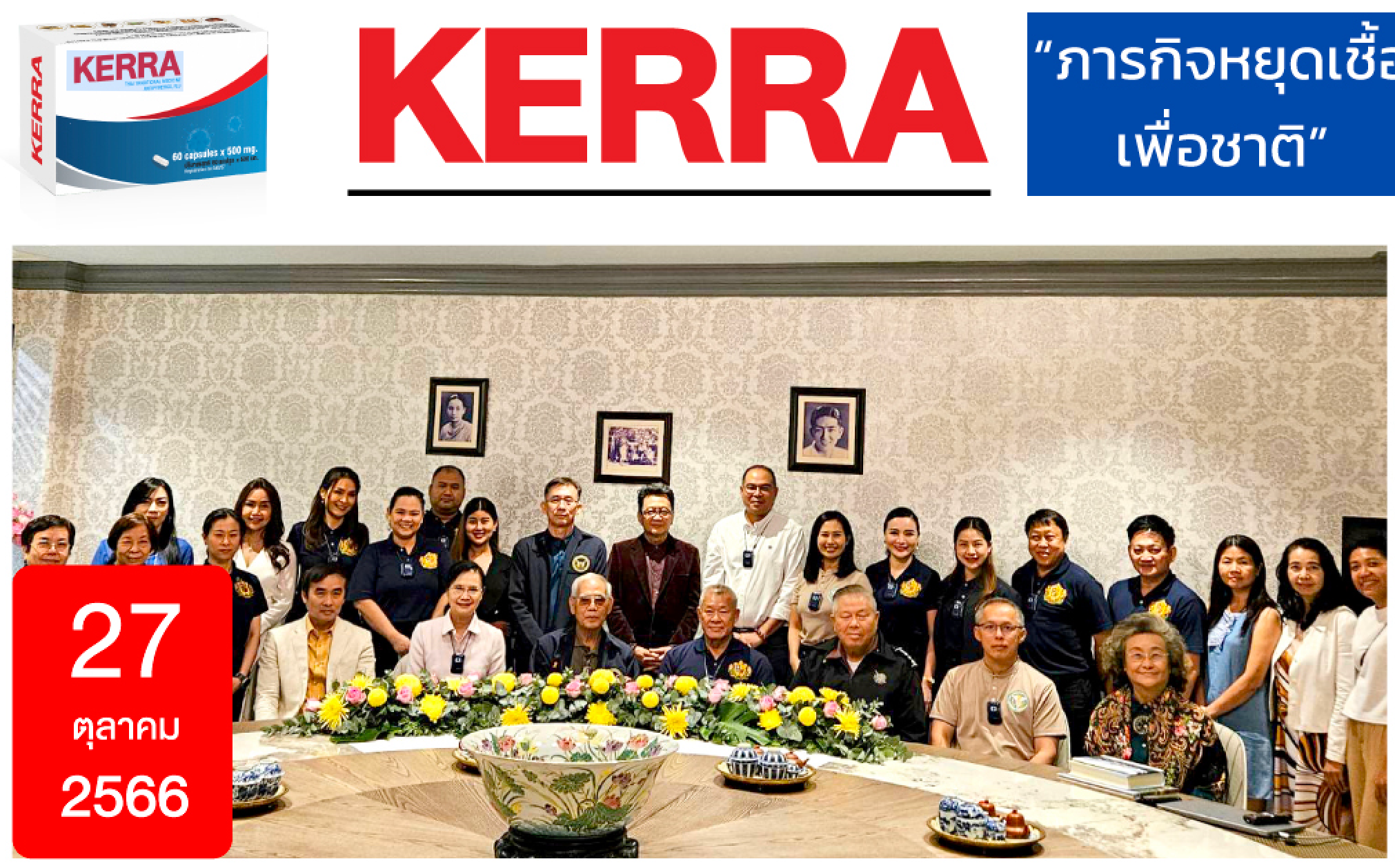
บรรยายในหัวข้อประวัติศาสตร์การแพทย์แผนไทยและการวิจัยพัฒนาตำรับยาสมุนไพรเพื่อรักษาโรค
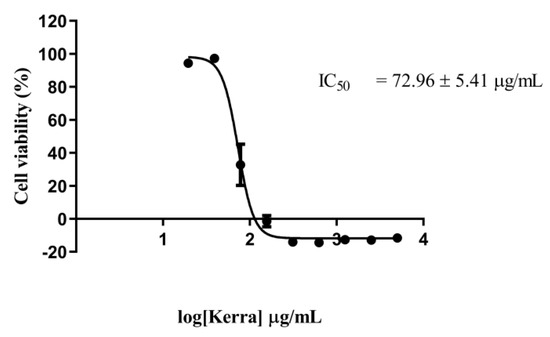
Exploring the Apoptotic-Induced Biochemical Mechanism of Traditional Thai Herb (Kerra™) Extract in HCT116 Cells Using a Label-Free Proteomics Approach
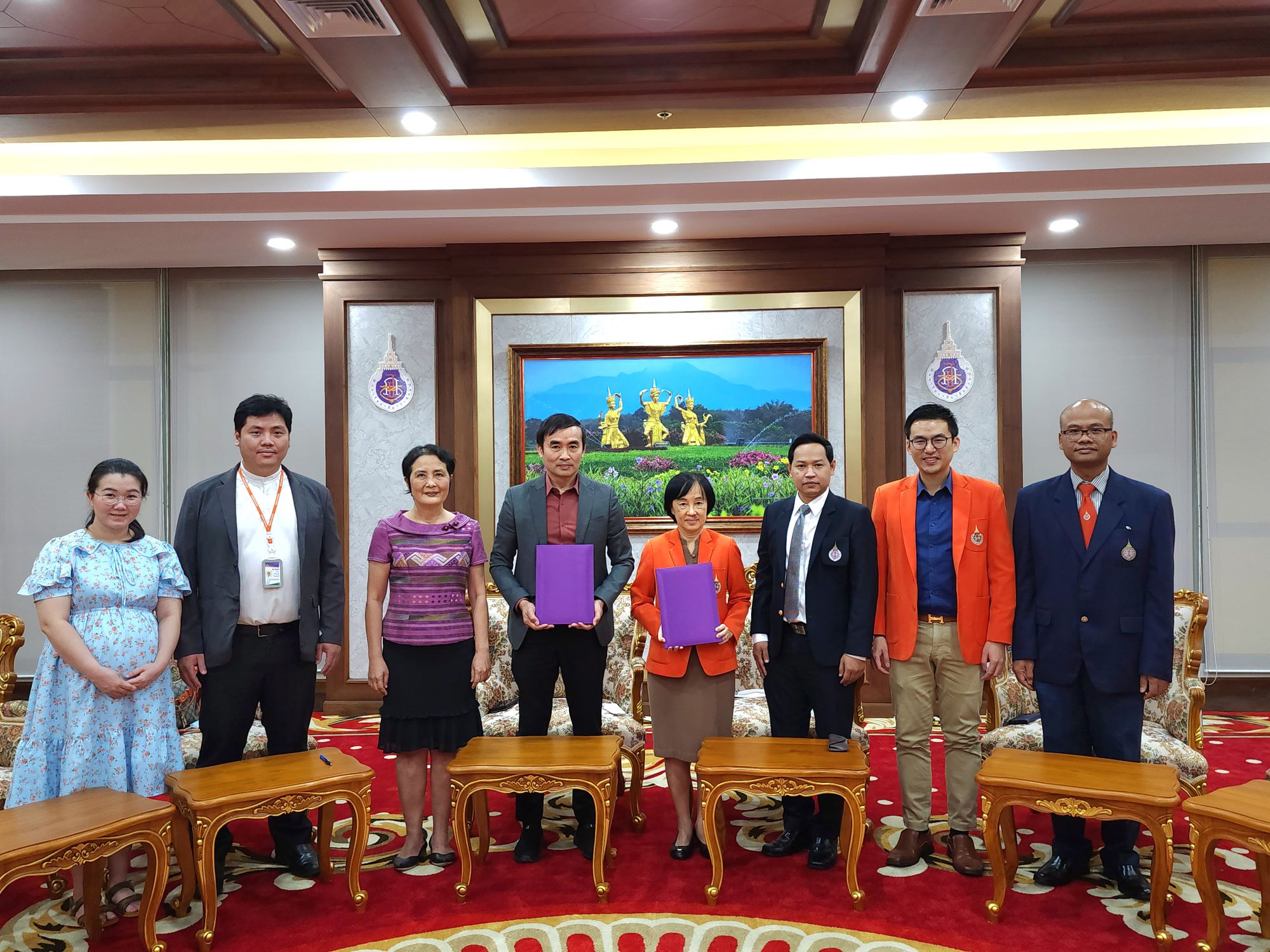
ม.วลัยลักษณ์ จับมือบริษัทอีสเทิร์นเฮิร์บ จำกัด ลงนามในสัญญาโครงการวิจัย “การศึกษาความปลอดภัยจากการรับประทานยาแคปซูลสมุนไพรตำรับเคอร่าในอาสาสมัครสุขภาพดี”
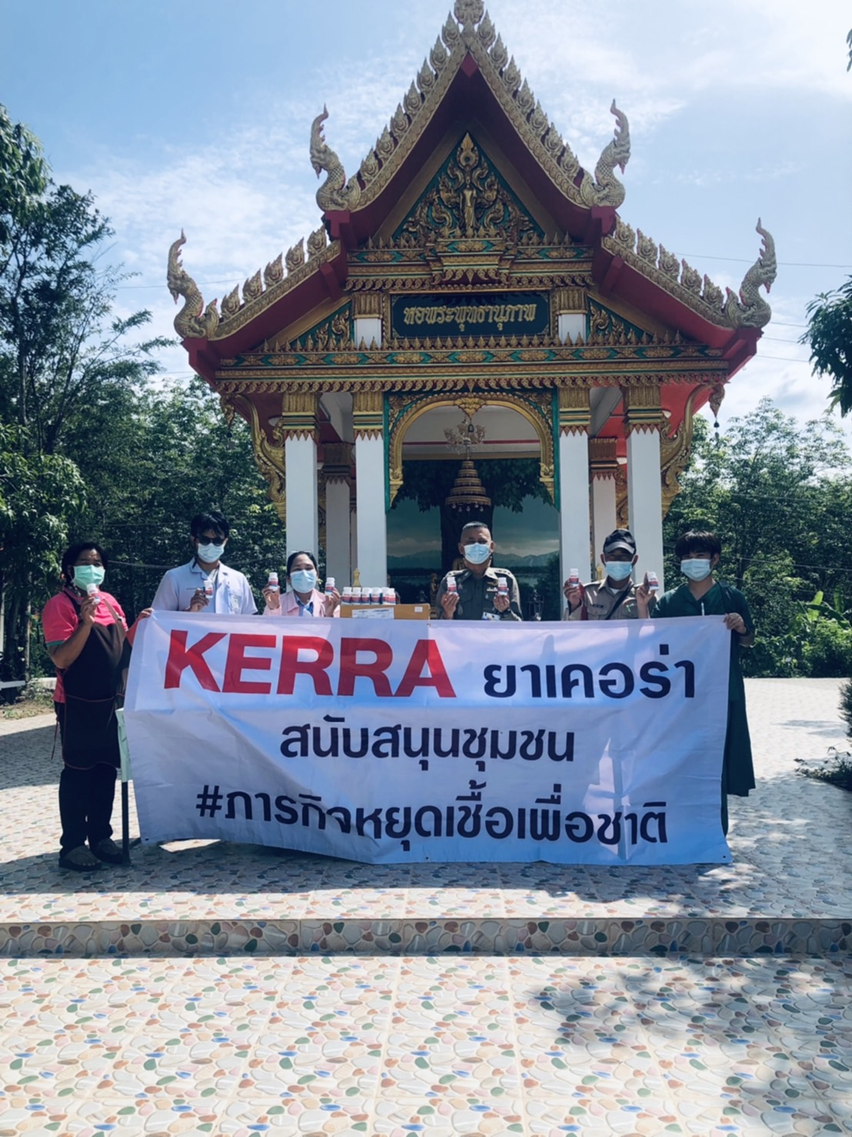
มอบสมุนไพรเคอร่า โดยมี พันตำรวจเอก เผด็จ ภู่บุบผากาญจน
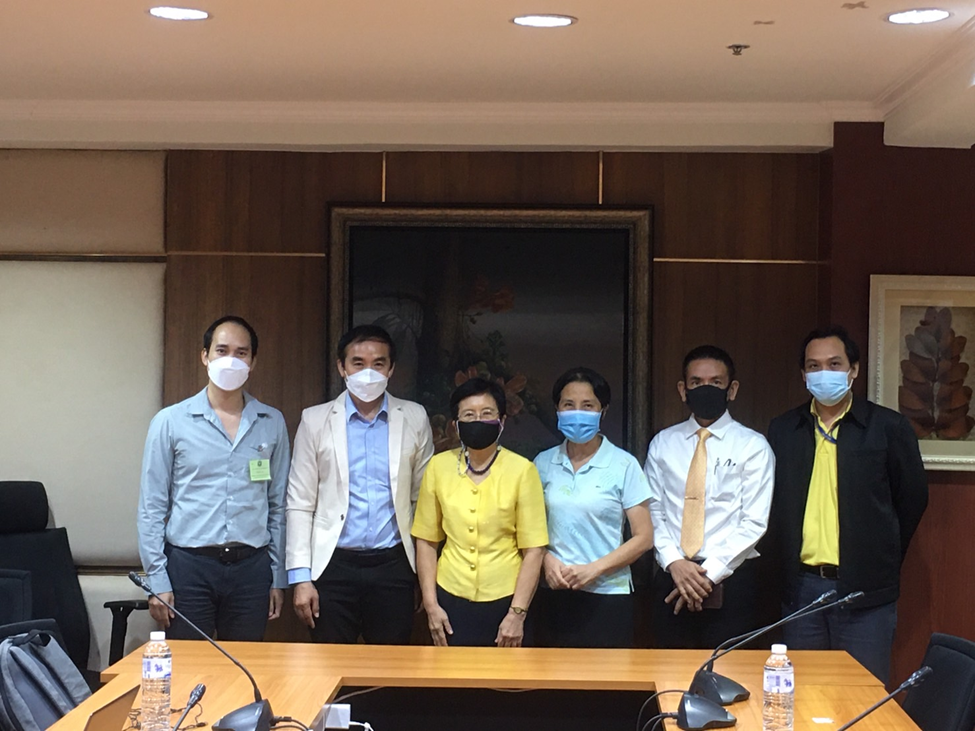
วันที่ 2 พฤษภาคม 2565 เวลา 13.00 น.
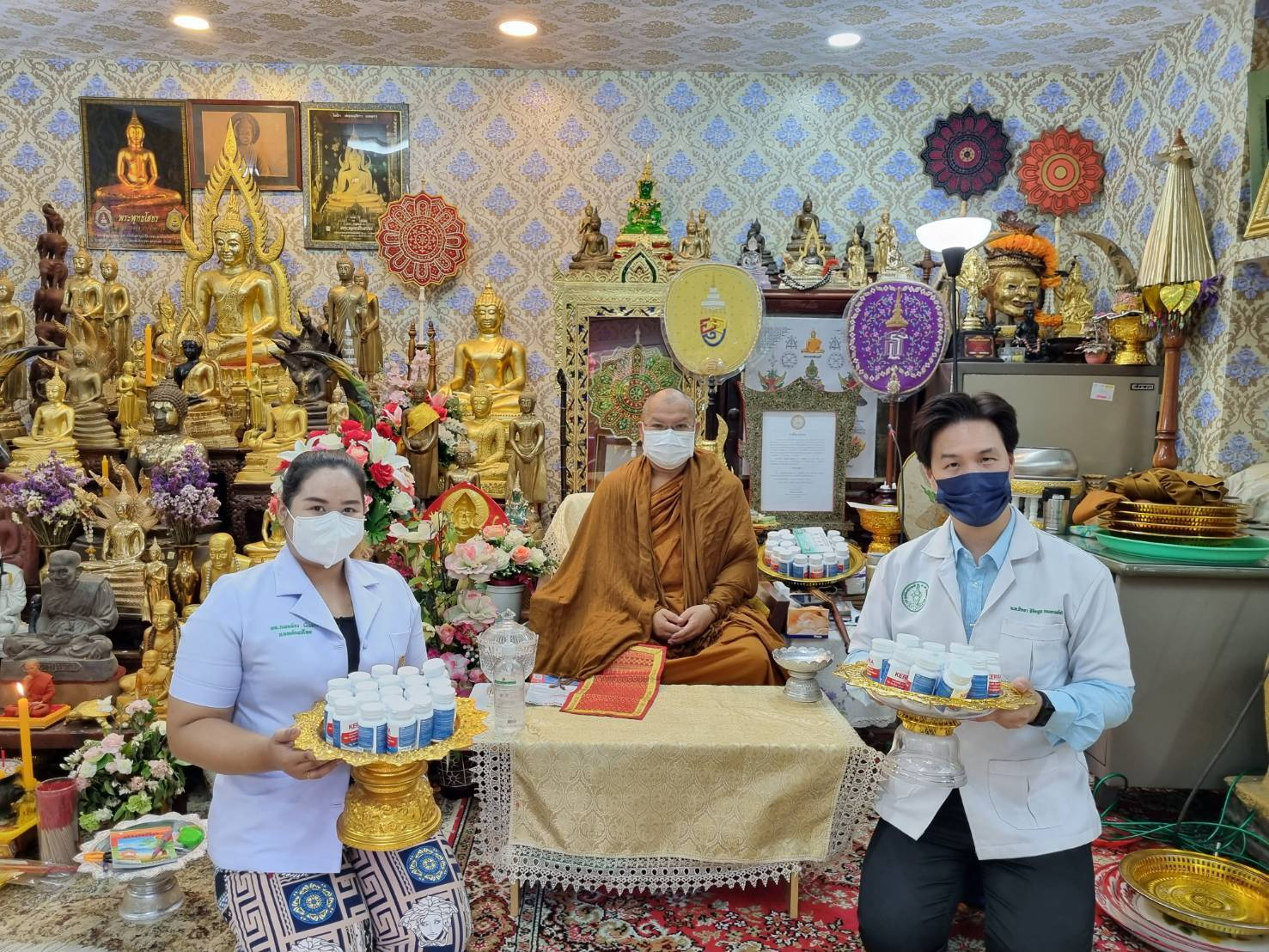
วันที่ 3 พฤษภาคม 2565
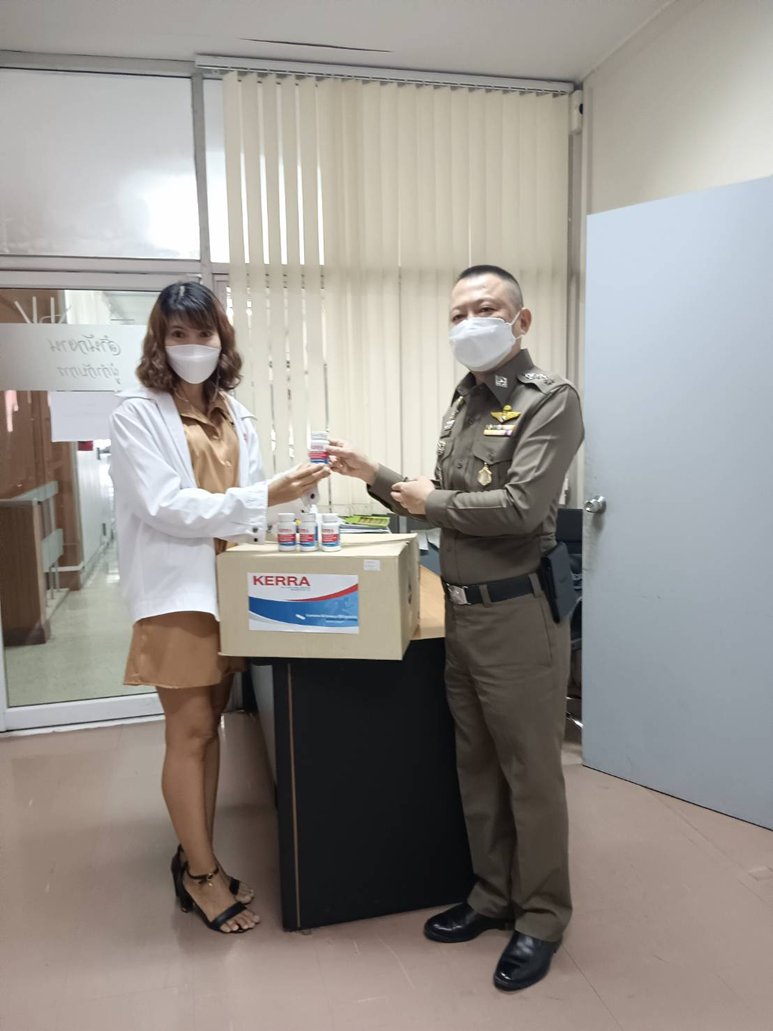
วันที่ 29 มีนาคม 2565 เวลา 11.00 น.
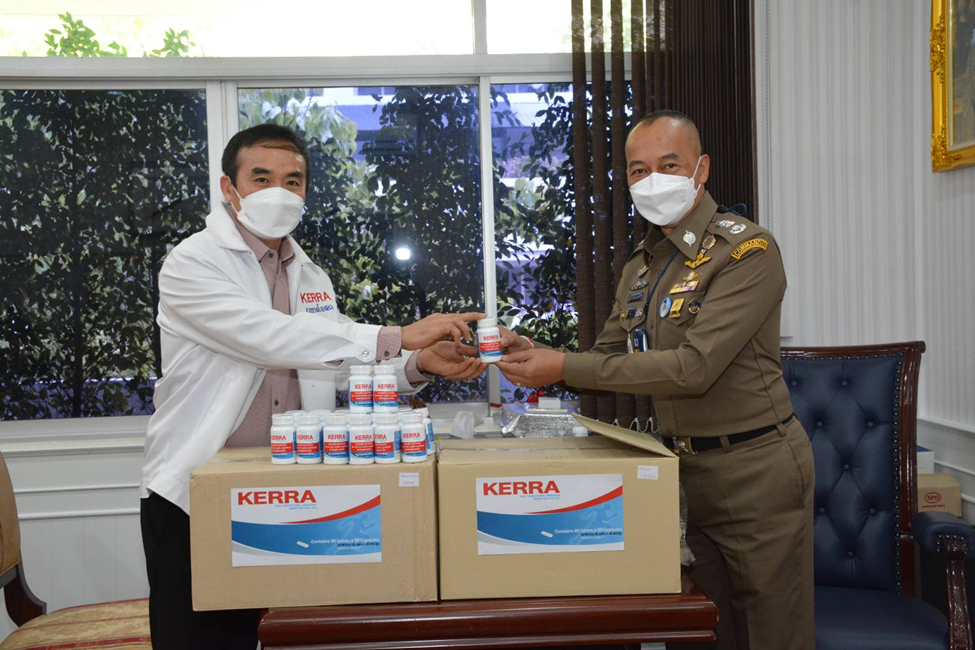
วันที่ 18 เม.ย. 65
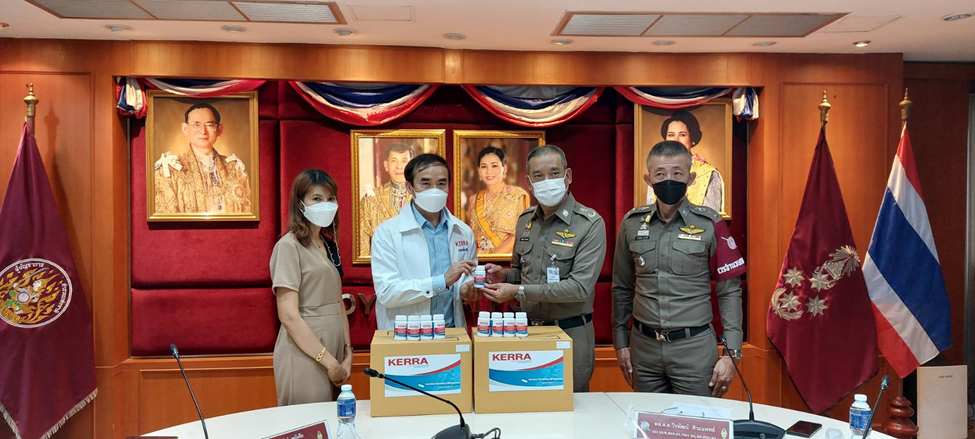
วันที่ 8 มีนาคม 2565 เวลา 15.00 น.
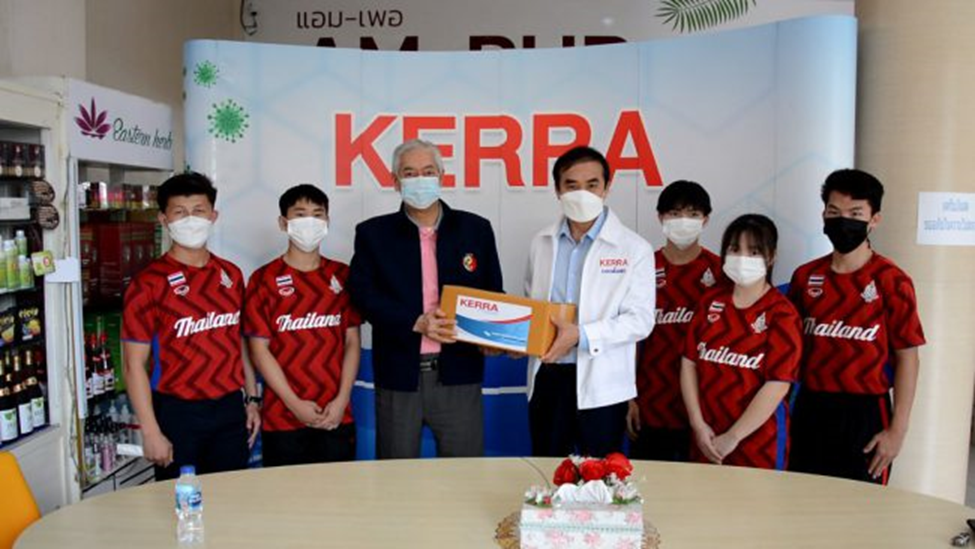
วันที่ 8 มีนาคม 2565 เวลา 14.00 น.
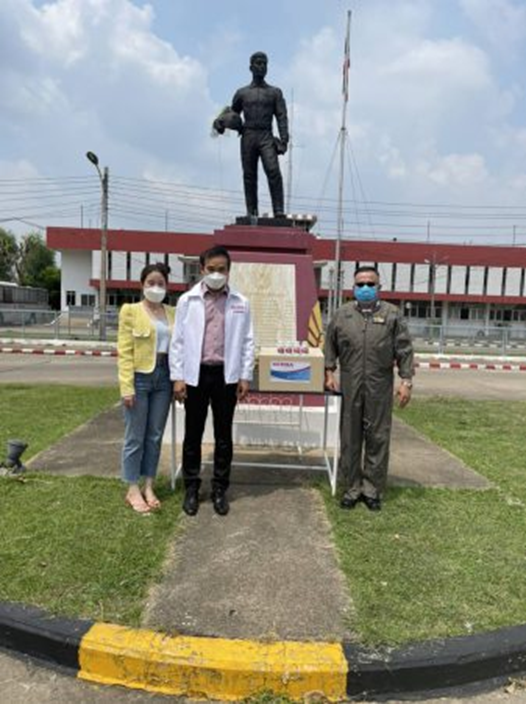
เมื่อวันที่ 7 มีนาคม 2565 เวลา 13.00 น.
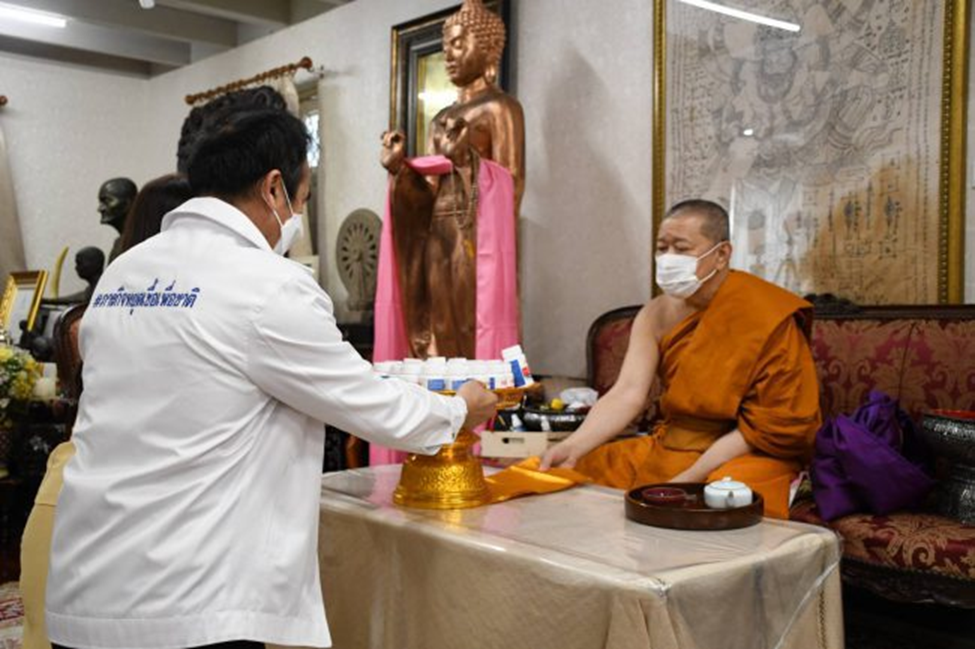
วันเสาร์ที่ 5 มีนาคม 2565 เวลา 09.30 น.
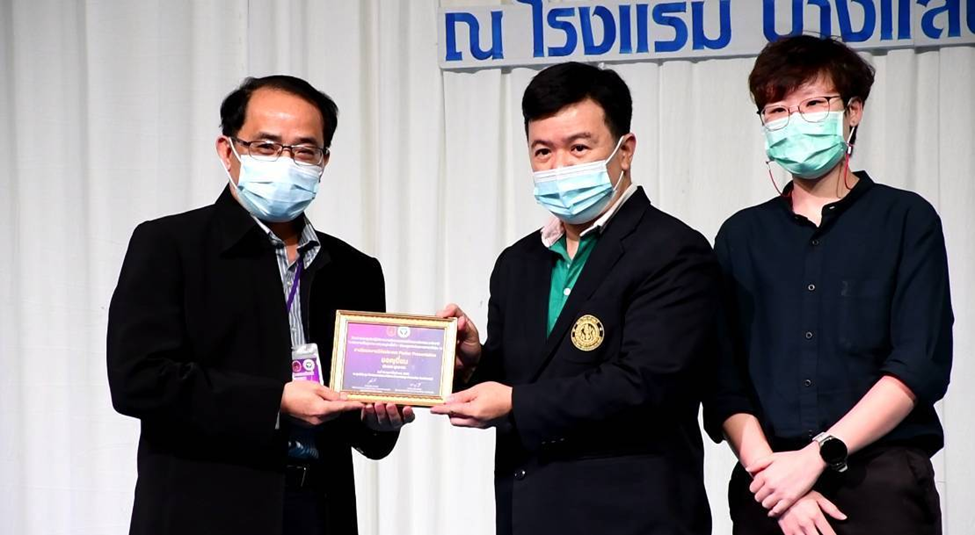
เคอร่ารับรางวัลชนะเลิศยอดเยี่ยมการนำเสนอผลงานวิจัยและนวัตกรรมระดับชาติ สหวิทยาการเพื่อสุขภาพ
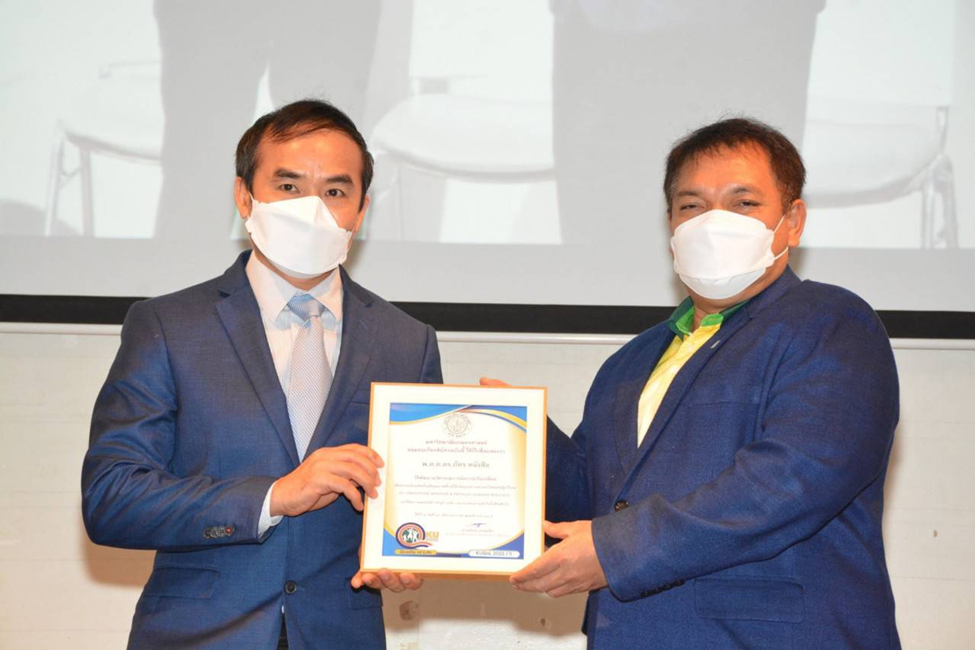
ดร.ภัทร์ ขึ้นรับเกียรติบัตรจากมหาวิทยาลัยเกษตรศาสตร์
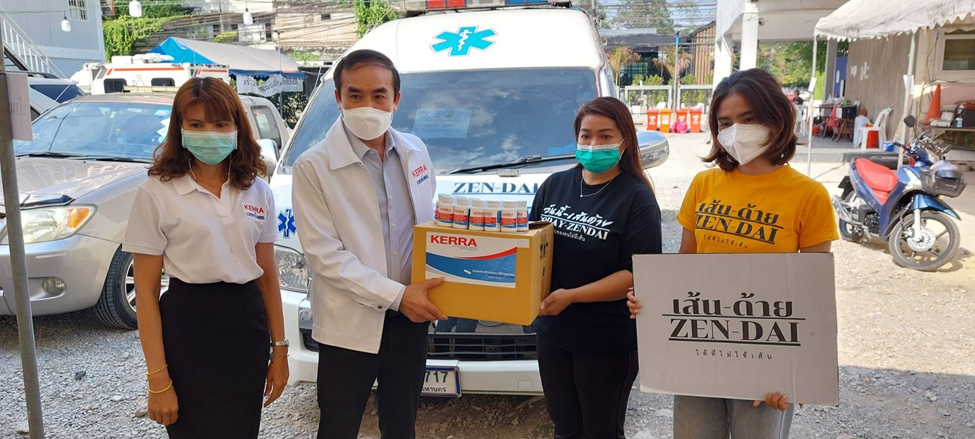
วันที่ 20มค.65 เวลา 14.00น.
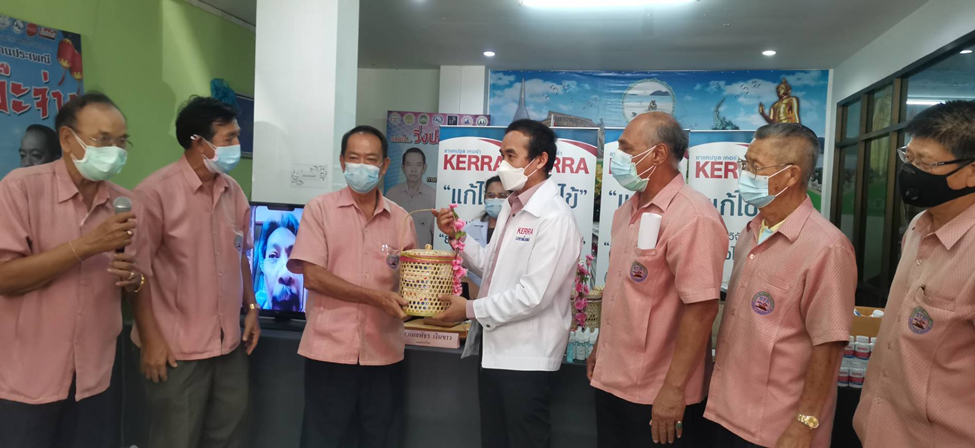
วันที่ 7 มกราคม 2565 เวลา 13.00 น
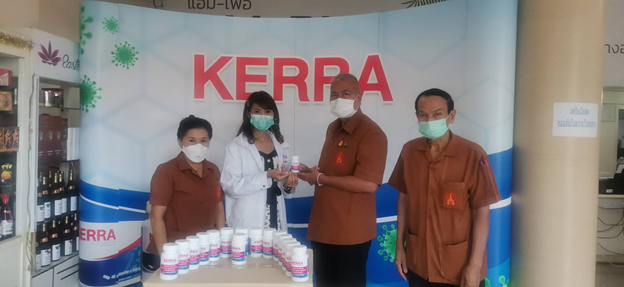
วันที่ 5 พฤศจิกายน 2564 เวลา 14.00น.
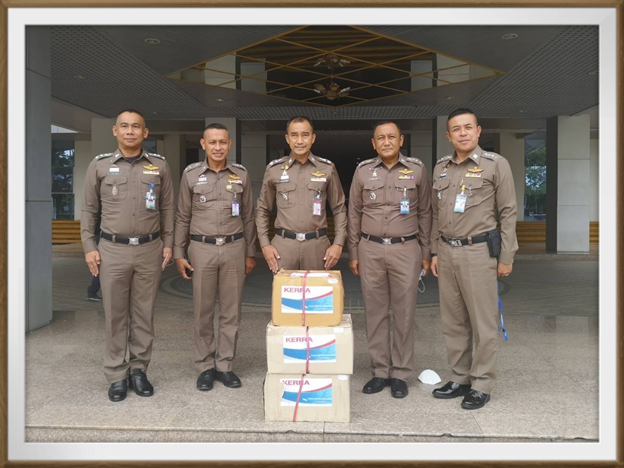
วันที่ 3 พฤศจิกายน 2564
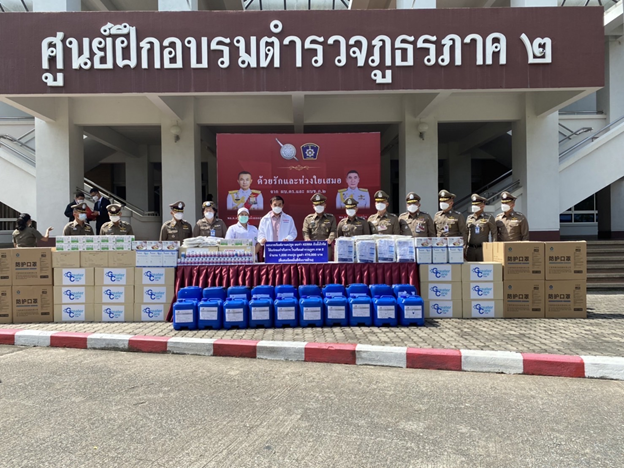
วันที่ 3 พฤศจิกายน 2564

16 ตุลาคม 2564
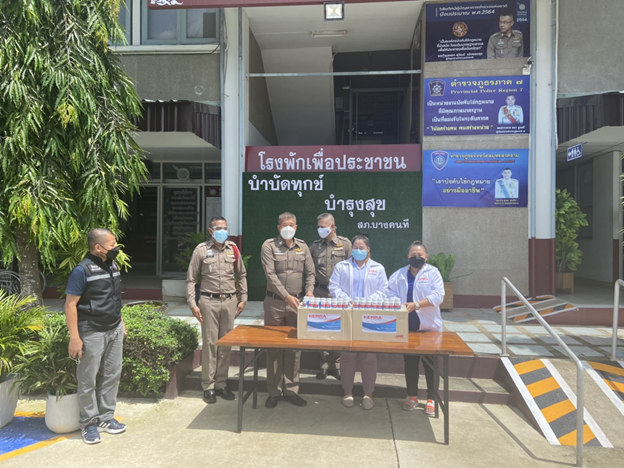
วันที่ 15 ตุลาคม 2564 เวลาประมาณ 12.15 น. สภ.บางคนที
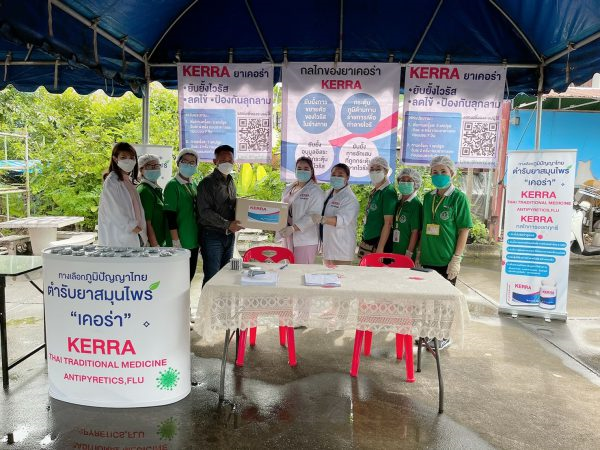
วันที่ 9 ตุลาคม 2564 เวลา 09.00 น.
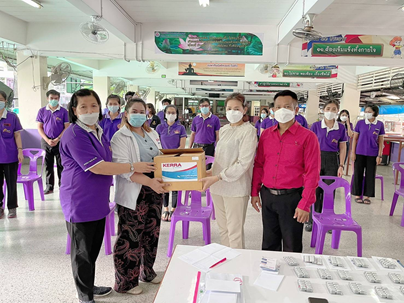
วันที่ 4-9 ตุลาคม 2564 ชุมชนเขตหลักสี่
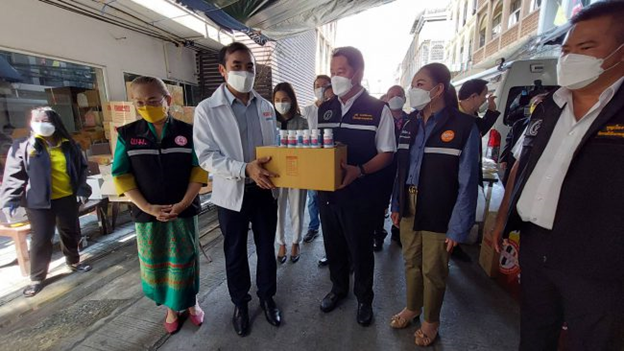
วันนี้ 30 กันยายน 2564 เวลา 11.00 น.
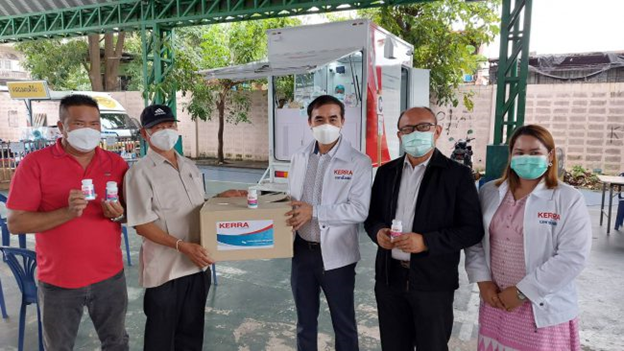
วันที่ 25 กันยายน 2564 เวลา 14.00 น.
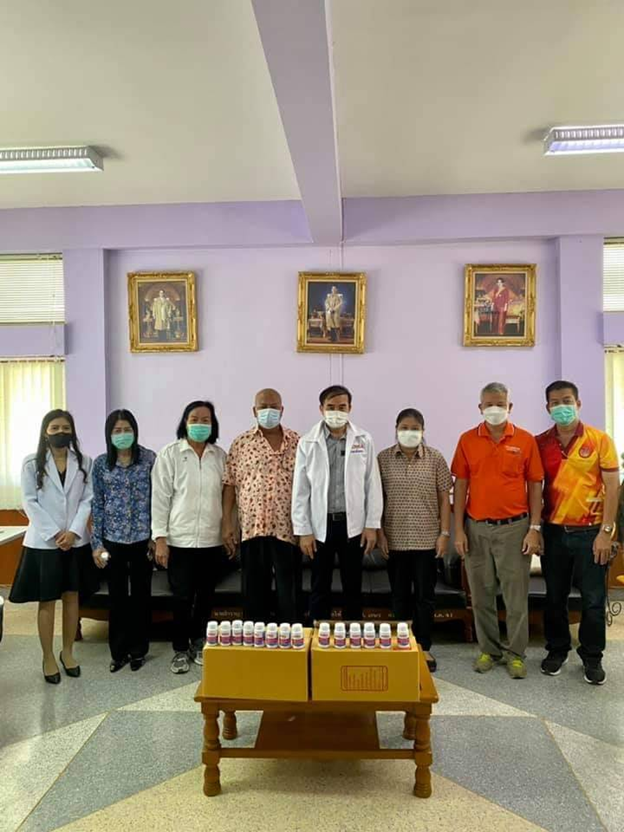
วันนี้ 23 กันยายน 2564

วันที่ 20 กันยายน 2564

วันที่ 18 กันยายน 2564
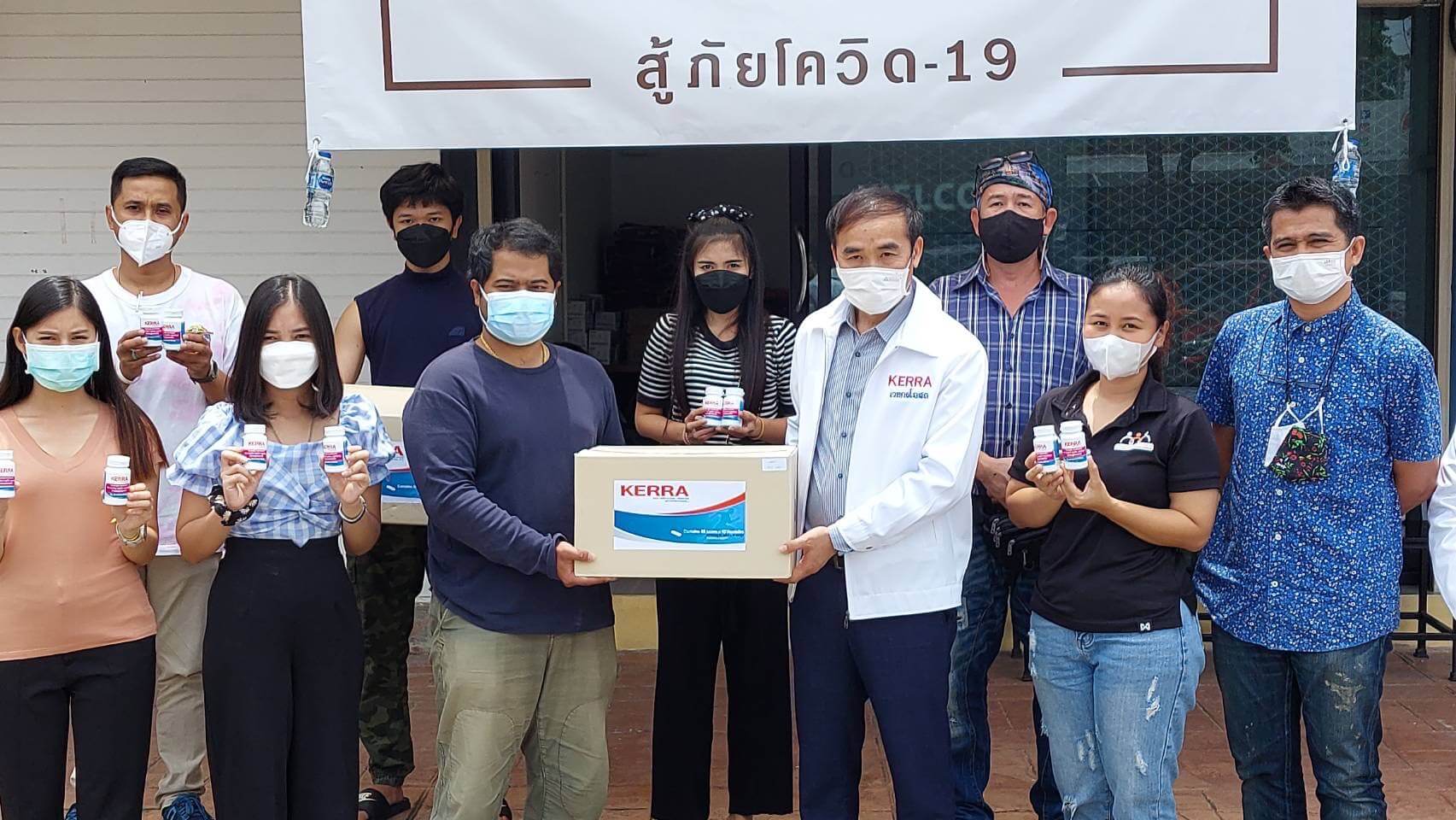
วันที่ 17 กันยายน 2564
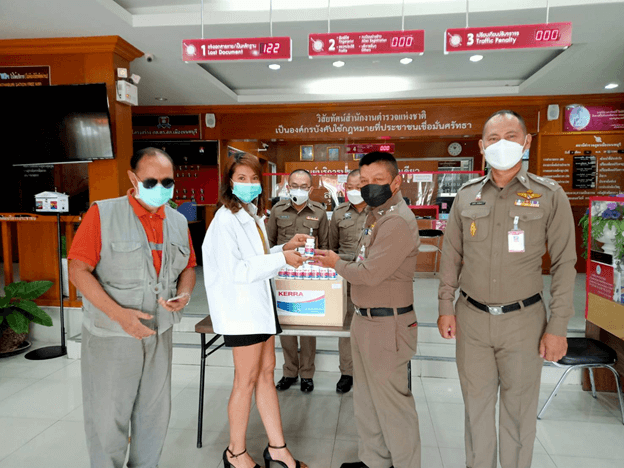
วันที่ 15 กันยายน 2564 เวลา 11.00 น.
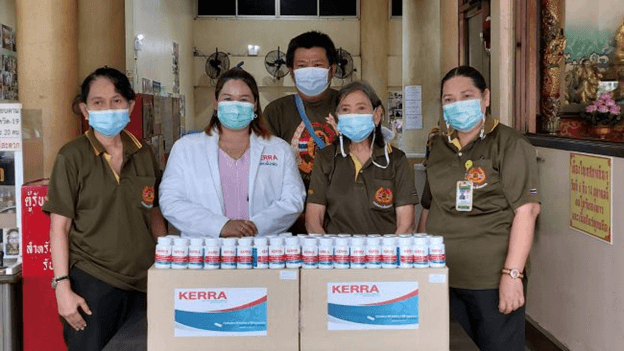
วันที่ 14 กันยายน 2564
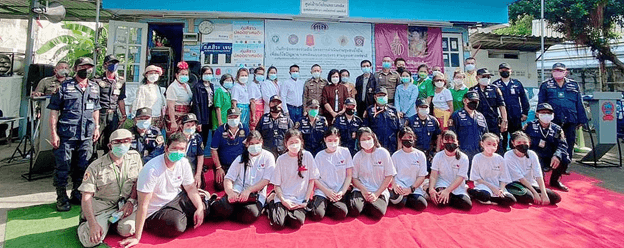
วันที่ 14 กันยายน 2564 เวลา 15.00 น.
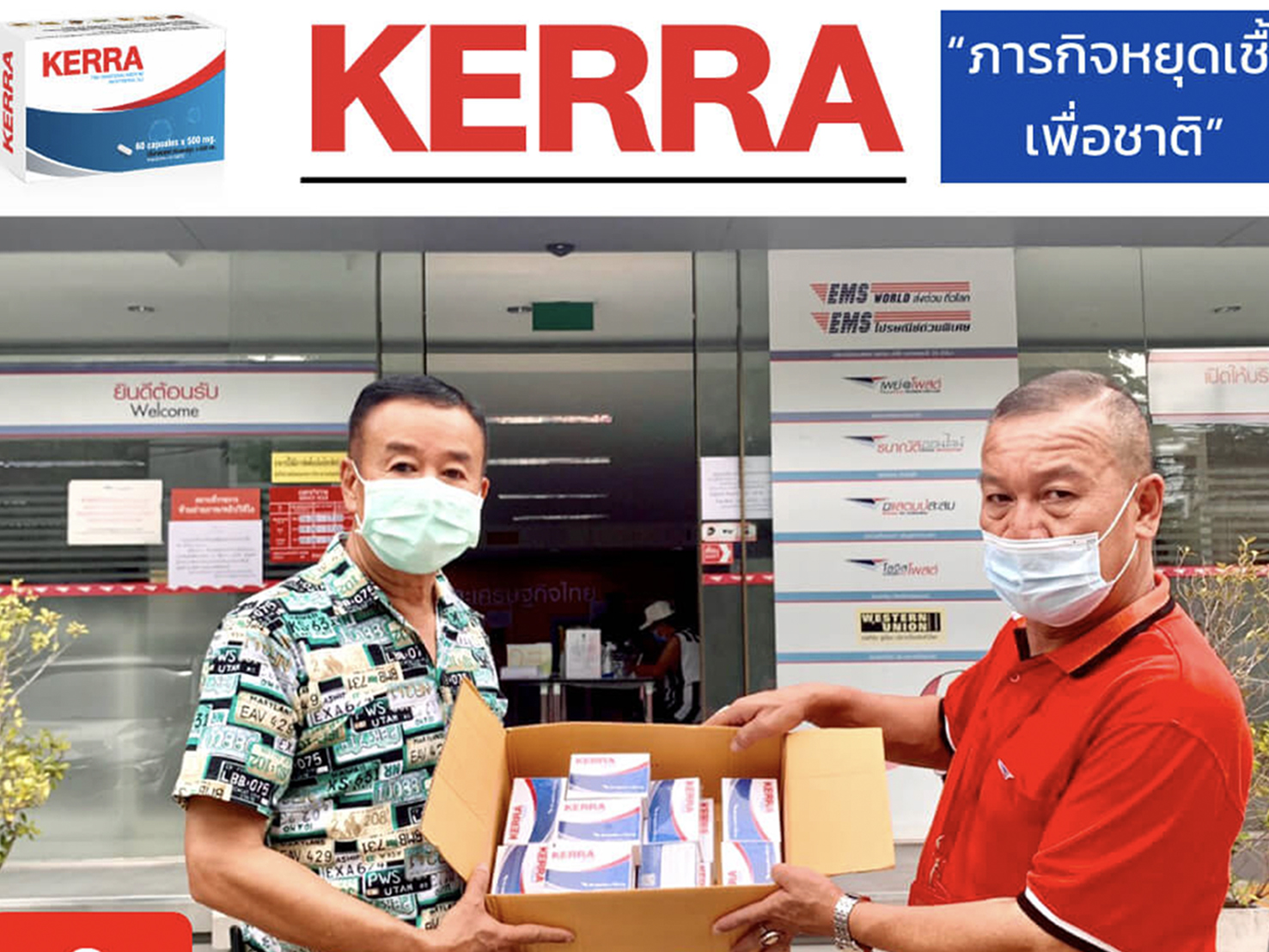
ภารกิจหยุดเชื้อเพื่อชาติ
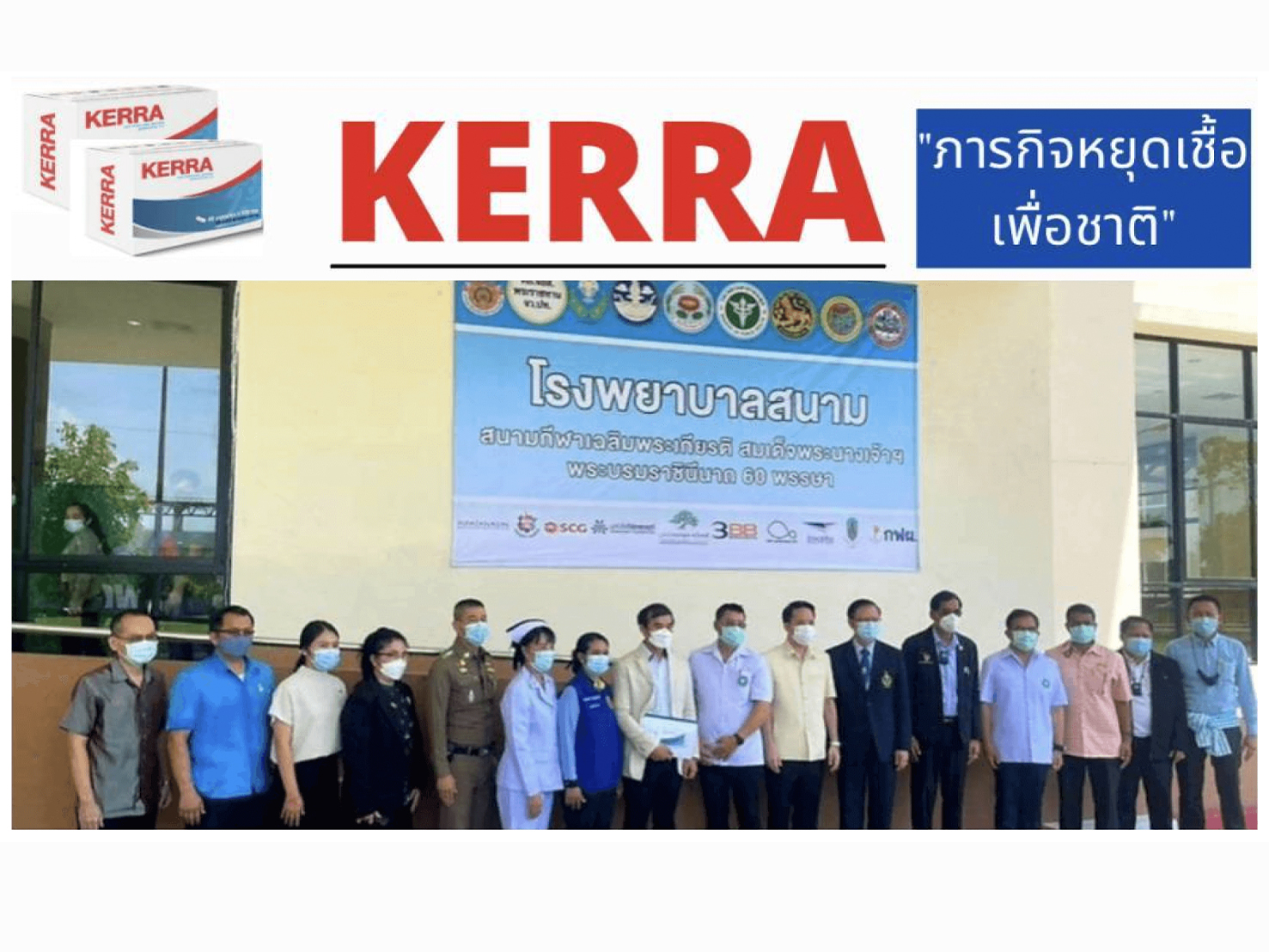
มอบยาสมุนไพรเคอร่า ให้โรงพยาบาลสนามฯ